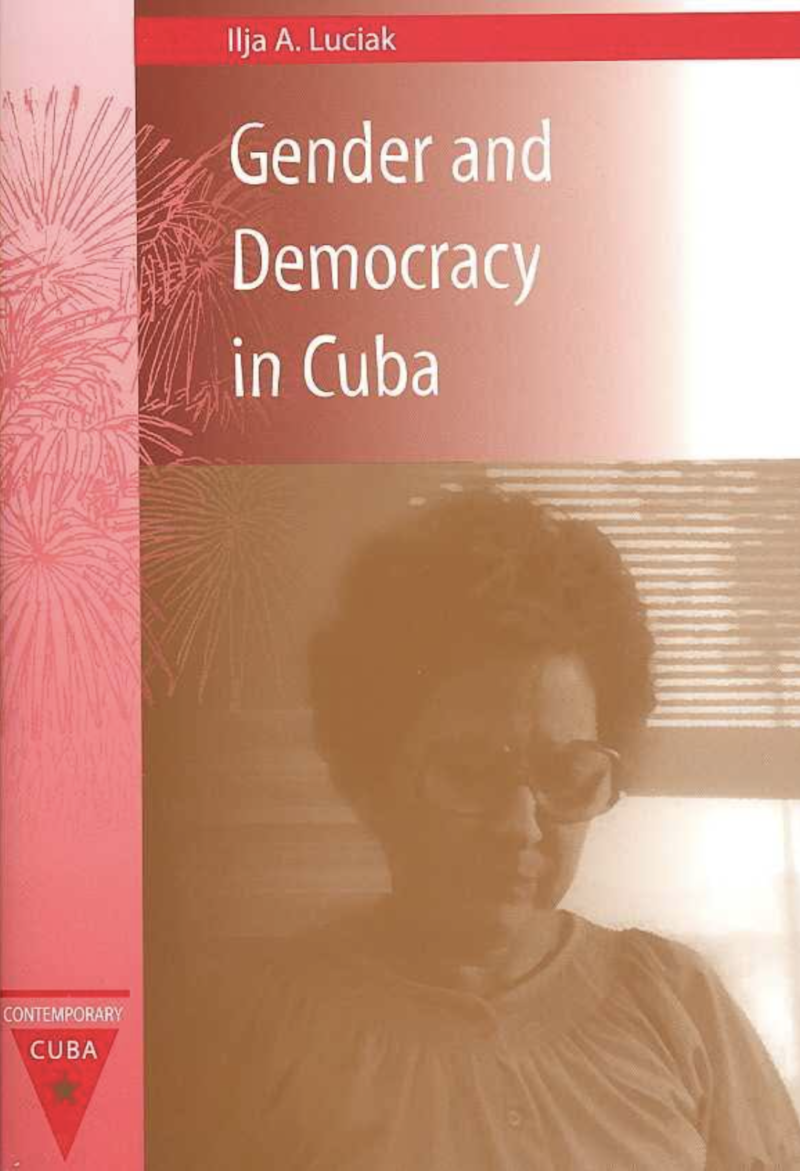Europe Might Take Another Step Back
If Spain fails to have the Common Position lifted or if it succeeds and Havana again turns down European economic cooperation, then Cuba wins once more.
Cuba has a solid record on gender equality based on some social indicators, with higher percentages of women involved in politics than most of its Latin American counterparts, but lacks women in the highest tiers of power.
Ilja Luciak, professor and department chair in political science at Virginia Tech and author of Gender and Democracy in Cuba (2009); Michelle Chase, lecturer in history at Connecticut College and author of a forthcoming book on the role of women and gender in the Cuban Revolution; and Joan Caivano, deputy to the president and director of the Dialogue’s program on women’s leadership in the Americas spoke on gender equality in Cuba at a May 21 event jointly sponsored by the Dialogue and the Cuban Research Institute at Florida International University.
Luciak highlighted an inverse relationship between the power held by Cuban political institutions and women’s presence in these organizations. For instance, the Cuban National Assembly, which has limited powers, boosts a membership that is 43 percent female; whereas municipal governments who usually address most day-to-day issues in communities are 27 percent women. Moreover, the relatively high presence of women in the National Assembly is mostly the result of mandatory gender quotas. Furthermore, most of the assembly’s power is vested in standing committees which count few women members.
There are even fewer women in other institutions that concentrate most of political power such as the Council of State and the Communist party (19.4 percent in 2003 and 30.1 percent in 1997 respectively). The pattern is reinforced in the most important structures within the party, with women members of the Central committee and the Politburo comprising less than 15 percent of each group.
Women are being seen but not being heard in the political system, Luciak said. He concluded that while women have made major progress on the social and economic front under the current regime, they are caught in the same dilemma as in many other social groups within a revolutionary setting. In these cases, there is usually a debate about whether women’s emancipation or the survival of the revolution should be given top priority.
In her presentation, Michelle Chase reviewed the role of women in pre-revolutionary Cuba, described how the revolution has influenced gender inequity, and explored how the social gains have eroded since the special period following the collapse of the Soviet Union. She argued that the existence of a Cuban urban middle class allowed greater female participation in the workforce and relatively modern social relations. Compared to other countries in the region, Cuba was able to achieve major social milestones relatively early such as the legalization of divorce in 1918, women suffrage in 1934, and the access to abortion at relatively low cost - even if was still illegal. Furthermore, pre-revolutionary political parties began to appeal to women in the 1940’s and many prominent women in revolutionary circles were already deeply involved in politics prior to 1959.
Since the revolution, women have had greater access to higher education and they comprise of 60 percent of current university graduates. Reproductive health has significantly improved with access to contraception becoming almost universal, while no stigma is attached to the practice of abortion. However, while the revolution has led to increased women participation in the waged labor force, there has been little change in the repartition of the domestic labor burden.
Unlike most of its Latin American neighbors, Cuba is only slightly affected by international social trends and the Catholic Church, said Caivano. These factors have affected perceptions of women’s role in society, making Cuba somewhat of an anomaly in Latin America. Still, Cuba’s women’s movement is stunted by a lack of independence from the revolutionary government.
If Spain fails to have the Common Position lifted or if it succeeds and Havana again turns down European economic cooperation, then Cuba wins once more.
The Summit of the Americas was marked by discord between the US and Latin American countries. What did it accomplish, if anything?
On April 25, the Inter-American Dialogue hosted a conversation on the Cuba’s evolving political and economic situation and how the Catholic Church views its role in the country.
